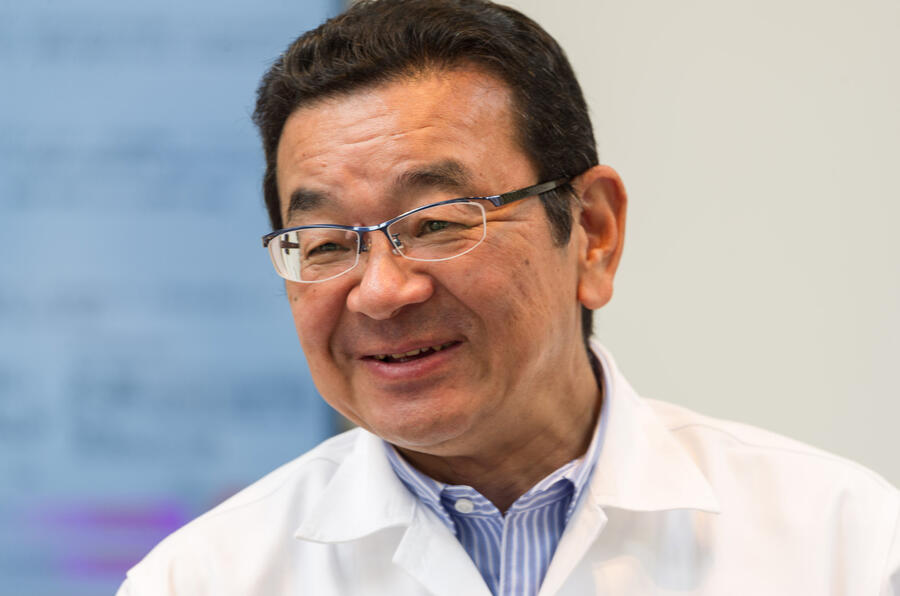Honda developing autonomous tech to let you sleep while your car drives
Company boss sets 2025 target to achieve 'mind off' autonomy where passengers are able to sleep behind the wheel of a moving vehicle.
Honda's self-driving car technology will allow passengers to sleep while on the move by 2025, CEO Takahiro Hachigo has revealed.
Hachigo set the goal of achieving level four autonomy, defined as 'mind off' driving, in a far-reaching address in Japan last week. Autonomous driving is defined by six levels, from zero to five. Under level four terms, a driver is required to be close to the controls but does not need to be observing the roads in certain circumstances, such as on motorways.
Opinion: what's it like to be driven by a self-driving car?
“We are looking to the realisation of a society where people do not get involved in accidents,” said Hachigo. “Additionally, we want to create products that enable people to enjoy the freedom of mobility and create cabin space that makes mobility fun. The goal is to be a world leader in collision-free and carbon-free technology.”
Hachigo outlined plans for Honda’s production cars to include semi-autonomous features by 2020, in line with plans outlined by much of the car industry, including many of Honda’s rivals. Initiatives include the use of high-precision maps and traffic data, telecommunications units and fully integrated camera-and-radar, as well as camera-and-lidar, sensors.
Typical scenarios where the systems would work include merging onto a motorway, plus motorway-based lane keeping steering adjustments, automated overtaking and automated lane changing. By 2023, systems that operate in city environments would make production.
Hachigo said Honda expected to achieve level four autonomy by developing artificial intelligence (AI) systems that can mimic a human driver, reading road conditions without the need for high-precision maps or GPS.
In order to achieve this, Honda has set up a specialist division that studies data from accidents and near-miss scenarios in order for it to better understand the human behaviour that causes 90% of all accidents. Many of the engineers involved in the division have previously worked on the firm’s Asimo robots, which seek to mimic human behaviour.
“Ultimately, Honda envisions that development of its AI systems could result in an automated vehicle that responds like a human driver,” said Hachigo. “In other words, one that is able to stop and go, follow the road, make turns at junctions and react to other vehicles using only the same visual information as a human – without high-precision maps or GPS.”

Honda is also looking to offer its Honda Sensing safety package, which includes features such as traffic sign recognition, lane keeping assistance, adaptive cruise control and forward and rear collision avoidance, as an option on more of its production vehicles.
RELATED ARTICLES
US tariffs will hurt both automakers and US manufacturing: ACEA
European Automobile Manufacturers’ Association says that the EU and the US must engage in dialogue to find an immediate ...
Trump levies 25% tariff on all cars imported to US
President Donald Trump claims new levy on all cars and car parts shipped into the country will create "tremendous growth...
Hyundai opens its third factory in the US: Metaplant America
Hyundai Motor Group Metaplant America's vehicle assembly and battery plant is the key pillar of the Hyundai Motor Group’...






 11 Jun 2017
11 Jun 2017
 4533 Views
4533 Views










 Autocar India
Autocar India




